- Winter Sale
- New In
-
Dining
-
Dining Table Sets
 Dining Set Builder
Dining Set Builder
 Dining Table and Chairs
Dining Table and Chairs
 Dining Table and 4 Chairs
Dining Table and 4 Chairs
 Dining Table and 6 Chairs
Dining Table and 6 Chairs
 Dining Table and 8 Chairs
Dining Table and 8 Chairs
 Dining Table and 10 Chairs
Dining Table and 10 Chairs
 Dining Table with Benches
Dining Table with Benches
 Round Dining Table and Chairs
Round Dining Table and Chairs
 Ceramic Dining Table and Chairs
Ceramic Dining Table and Chairs
 Painted Dining Table and Chairs
View All
Dining Tables
Painted Dining Table and Chairs
View All
Dining Tables Extendable Dining Tables
Extendable Dining Tables
 4 Seater Dining Tables
4 Seater Dining Tables
 6 Seater Dining Tables
6 Seater Dining Tables
 8 Seater Dining Tables
8 Seater Dining Tables
 10 Seater Dining Tables
10 Seater Dining Tables
 Ceramic Dining Tables
Ceramic Dining Tables
 Round Dining Tables
View All
Dining Room Furniture
Round Dining Tables
View All
Dining Room Furniture Sideboards
Sideboards
 Dressers
Dressers
 Larders
Larders
 Display Cabinets
Display Cabinets
 Painted Dining Room Furniture
Painted Dining Room Furniture
 Console Tables
Console Tables
 Side Tables
Side Tables
 Home Accessories
Home Accessories
 Furniture Wax and Care Kits
View All
Furniture Wax and Care Kits
View All
-
- Living
- Sofas
-
Bedroom
-
Bedroom Furniture
 Bedside Tables
Bedside Tables
 Blanket Boxes
Blanket Boxes
 Chest of Drawers
Chest of Drawers
 Desks
Desks
 Dressing Tables
Dressing Tables
 Tallboys
Tallboys
 Wardrobes
View All
Mattresses
Wardrobes
View All
Mattresses All Mattresses
All Mattresses
 Single Mattresses
Single Mattresses
 Double Mattresses
Double Mattresses
 King-Size Mattresses
King-Size Mattresses
 Super King-Size Mattresses
Super King-Size Mattresses
 Pillows
Pillows
 Harrison Spinks Mattresses
Harrison Spinks Mattresses
 OFL Mattresses
OFL Mattresses
 Relyon Mattresses
Relyon Mattresses
 Sealy Mattresses
View All
Sealy Mattresses
View All
-
-
Ranges
-
Accessories
-
Offers
Inspiration Station - Style and Storage
How to protect furniture for moving and storage

Whether you’re buying your first home or finding your forever family home, moving house is an exciting time. That’s not to say it doesn’t bring its own problems but by being prepared, often the moving process is much easier.
One issue some people face is damaging a loved piece of furniture during the move. To make sure all your beloved belongings make it to your new home, follow our guide to ensure your furniture is protected during the move or while in storage.
How to pack furniture for moving
Wrap your sofas in blankets and then seal them in a layer of plastic wrap
When moving, you’ll want to know how to protect furniture from scratches, rips and tears. Your tools of choice will be:
- Blankets (ideally specialist ‘moving blankets’)
- Plastic wrap or bubble wrap
- Cardboard or styrofoam
See the instructions below on how to tackle this for different items of furniture.
Dismantle large items and wrap them individually
If you have lots of large items, you’ll want to decide which pieces of furniture can be dismantled and, importantly, can be reassembled in your new place. These are likely to be bed frames and table legs, all of which you’ll need to wrap prior to moving.

How to wrap furniture for moving
Wrap your sofas in blankets and then seal them in a layer of plastic wrap
Whether fabric or leather, your sofa needs to be wrapped from head to toe using multiple blankets (either used or specially-purchased ‘moving blankets’ from a supplier), sealing them with strong tape and cocooning them in a layer of plastic wrap. This will prevent them from the risk of damage or dirt on moving day, however, it’d be wise to give it a good clean once you’re settled.
Make sure to wrap any wooden furniture in a protective fabric
Tables, chairs and bed frames, whether you’ve disassembled them or not, also need to be wrapped in blankets as wooden furniture like this can easily be snapped, chipped or scratched. Do this tightly, then cover in bubble/plastic wrap.
Place your mattress inside a mattress bag
Mattresses need to be placed inside a mattress bag and transported on their side in the moving van. Not only does this take up less space, it ensures the mattress won’t be damaged by other heavy furniture.
Attach sheets of cardboard to the corners and underside of furniture
After you’ve successfully wrapped bulkier wooden furniture with angular corners like sideboards, dressers, drawers or desks, attach sheets of cardboard to the corners and to the underside of the furniture in order to minimise the effect of bashing. Again, secure these with tape.
Prevent glass from shattering by using tape and cardboard
To pack a mirror for moving, use tape to draw several large X shapes on its reflective surface; this prevents the shattering of the glass. Use small pieces of cardboard to then create a buffer around the edge of the mirror.
Do something similar with a glass tabletop and envelope sufficiently in packing material.
Protect your TV with this technique
Pack your TV cabinet as above. With the TV itself, tape the chords onto the back or base, swaddle in a blanket to protect the screen, enclose the whole thing in plastic and cushion the edges with cardboard.
Wrap fragile valuables in newspaper and bubble wrap
Ornamental valuables including lamps, photo frames, vases and the like need to be wrapped in newspaper. If they’re particularly fragile, a layer of bubble wrap will do the trick too.
How to protect furniture in storage

Maybe you’re moving, but not just yet and want to get prepared. Or perhaps you’ve moving into temporary accommodation for a couple of months with just your essentials, meaning the rest of your furniture is going into storage. If this is the case you’ll need extra considerations in place for variables like mice or moisture.
Wrap furniture for storage to prevent pest damage
Wrap everything as detailed above, as this will protect your items from surrendering to spiders and their webs, rodents or wood-burrowing pests.
Store your largest items upright
It’s more space-efficient to store large items like sofas, mattresses, mirrors or artwork vertically and upright. If you start with the larger items upright you’ll have a better idea of how to fit everything else in around them.
Use clear furniture wax to prevent cracks
You may not have climate control in your storage, so it’s advisable to wax wooden furniture before storing to provide that needed moisture in a dry environment. Otherwise, your furniture could crack.
Prevent damn with plastic tarp
If your storage unit is at risk of moisture, keep wooden furniture away from the door to prevent it getting damp. For some storage spaces, a plastic tarp can be lined across the floor, protecting furniture not only from water but also from scratching across the floor.
Clean your fabric before you store to prevent mould
Fabric furnishings like upholstered sofas and chairs as well as mattresses need to be cleaned and dried prior to storing. This will provide a shield against mould or mildew.
Store electronics high up
Electronics or anything that can’t afford to be ruined needs to be raised above the floor as this is where moisture lays.
Polish your metal
Similarly to wooden furniture, metallic furnishings need to be polished to guard against oxidation, which can ruin their finish.
How to move heavy furniture

Moving furniture can be a real backache, especially if you have carpet you’re keen to leave undamaged. Here is some guidance for moving heavy furniture on carpeted floors.
Use moving blankets
Moving blankets are a quick and easy way to protect carpets and furniture. Just lay moving blankets across the floor to avoid wear-and-tear.
Create a barrier between the furniture and the floor
Using tape, attach tin foil or cardboard on the base of heavy furniture to create a surface with less friction that’ll help you slide it across the floor. The same principle can also be applied to plastic lids, containers or frisbees.
Use a trolley if you can
Rollaway furniture on trolleys can make moving furniture so much easier. This works especially well on smaller pieces.
How to remove heavy furniture marks from carpet
It’s inevitable that heavy furniture will make a mark on your floor, but these dips and dents can often be remedied.
Use heat and moisture
Heat and moisture are the key elements here. Use steam irons, damp towels and a bit of elbow grease to work the affected area and reinvigorate the fibres. An alternative trick is to leave an ice cube to melt on the dented carpet and use a spoon to gently lift the carpet fibres.
Use carpet protectors
To prevent these in future, use carpet protectors for heavy furniture like carpet protector cups (think of them as furniture’s answer to a coaster), carpet pads that sit beneath the carpet and simply just regularly move your furniture around.
The above advice is for guidance only. Speak to a professional for advice on your personal furniture items. If you need further guidance on furniture or mattresses, take a look at our guides. We also have a selection of care kits that will help keep your pieces in the best condition possible.
More Inspiration

Our TV Ads
Discover our latest TV ads, showcasing our extensive furniture collections, all made with longevity in mind.
Find out more »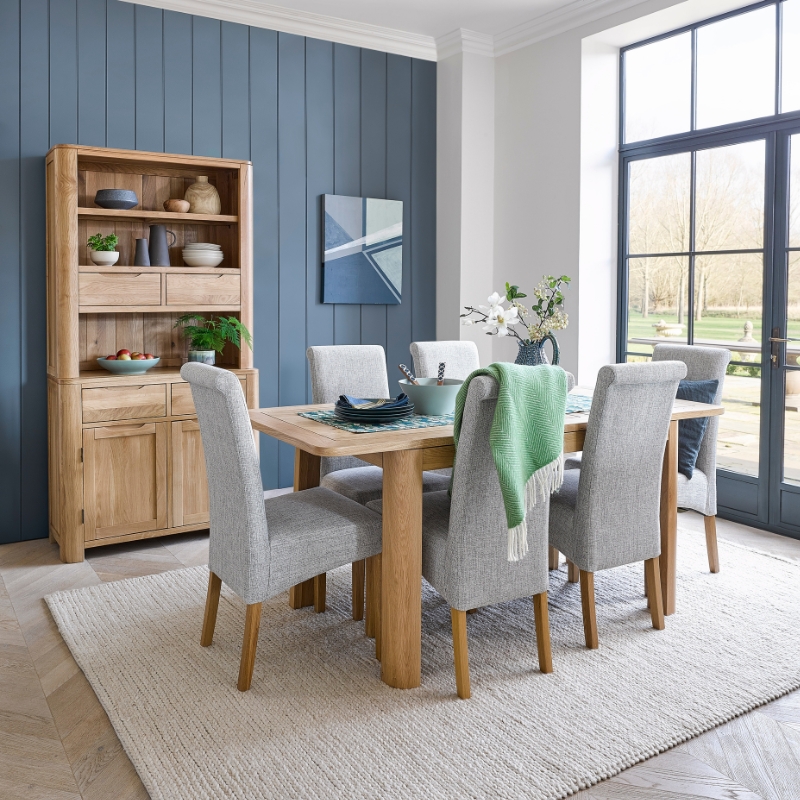
Quality you can trust
From hardwood cabinetry to durable upholstery, check out our stylish designs and discover the quality that sets our furniture apart.
Learn more »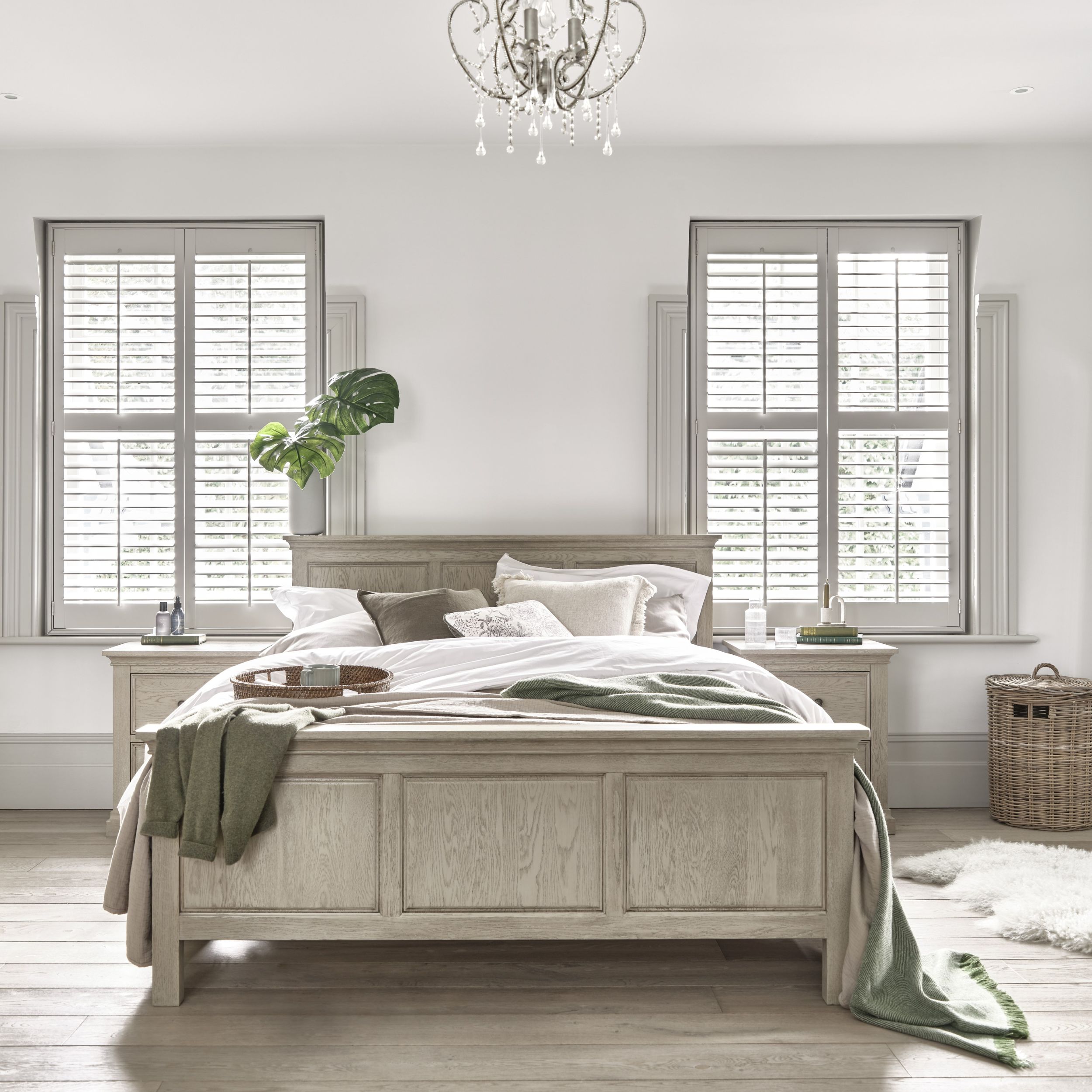
Furniture guides
Our helpful Furniture Guides provide you with extra in-depth knowledge on our products, services, and even key interior decorating tips!
Discover more »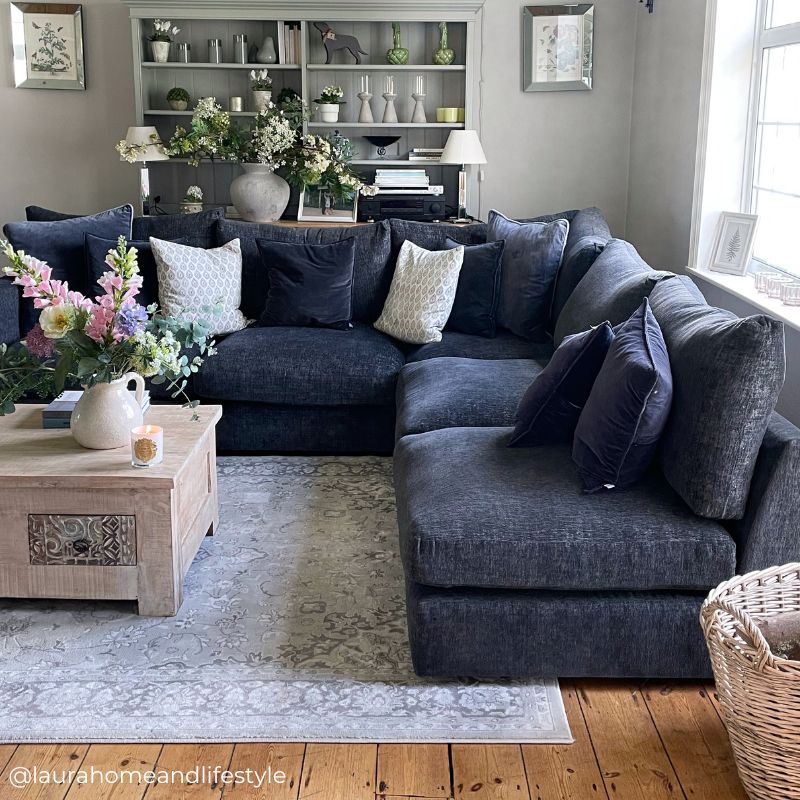
Our blog
From inspiring trend-led tips to Q&As with interiors experts, head to our blog to pick up handy style ideas for every room.
Read more »Your #OakFurnitureLand Style
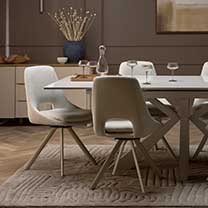


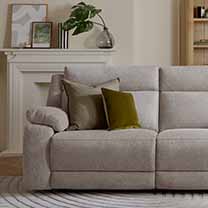
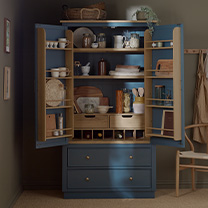
 Fabric Dining Chairs
Fabric Dining Chairs
 Oak Chairs
Oak Chairs
 Benches and Stools
Benches and Stools
 Painted Dining Chairs
Painted Dining Chairs
 Bookcases
Bookcases
 Coffee Tables
Coffee Tables
 Hallway Furniture & Storage
Hallway Furniture & Storage
 Nest of Tables
Nest of Tables
 Rugs
Rugs
 Shelving Units
Shelving Units
 Shoe Storage
Shoe Storage
 Sofas
Sofas
 Storage Cabinets
Storage Cabinets
 TV Units
TV Units
 Painted Living Room Furniture
Painted Living Room Furniture
 All Sofas
All Sofas
 Corner Sofas
Corner Sofas
 2 Seater Sofas
2 Seater Sofas
 3 Seater Sofas
3 Seater Sofas
 4 Seater Sofas
4 Seater Sofas
 Modular Sofas
Modular Sofas
 Recliner Sofas
Recliner Sofas
 Sofa Beds
Sofa Beds
 Armchairs
Armchairs
 Accent Chairs
Accent Chairs
 Recliner Chairs
Recliner Chairs
 Loveseats
Loveseats
 Footstools
Footstools
 Storage Footstools
Storage Footstools
 All Leather Sofas
All Leather Sofas
 Leather Armchairs
Leather Armchairs
 Leather Sofa Ranges
Leather Sofa Ranges
 Leather Corner Sofas
Leather Corner Sofas
 Leather Recliner Chairs
Leather Recliner Chairs
 Leather Footstools
Leather Footstools
 Fabric Footstools
Fabric Footstools
 Fabric Sofa Ranges
Fabric Sofa Ranges
 Fabric Recliner Chairs
Fabric Recliner Chairs
 Fabric Corner Sofas
Fabric Corner Sofas
 Fabric Recliner Sofas
Fabric Recliner Sofas
 Fabric Armchairs
Fabric Armchairs
 Single Beds
Single Beds
 Double Beds
Double Beds
 King-Size Beds
King-Size Beds
 Super King-Size Beds
Super King-Size Beds
 Wooden Beds
Wooden Beds
 Storage Beds
Storage Beds
 Wingback Beds
Wingback Beds
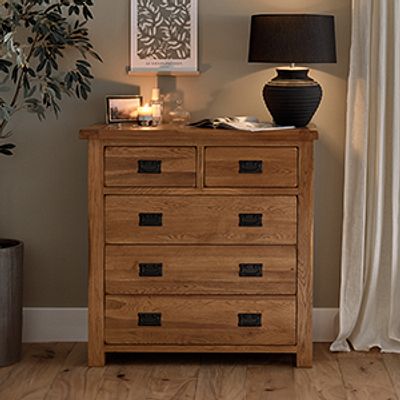
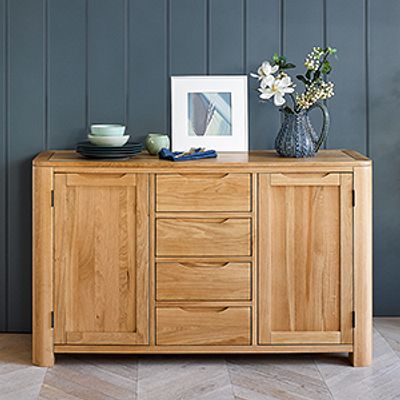
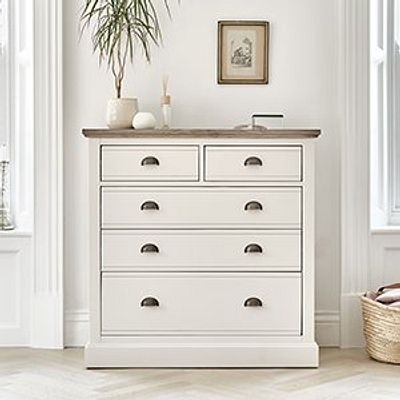
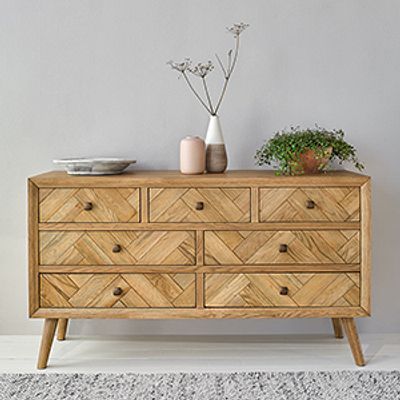
 Mirrors
Mirrors
 Lamps
Lamps
 Clocks
Clocks
 Wall Art
Wall Art
















